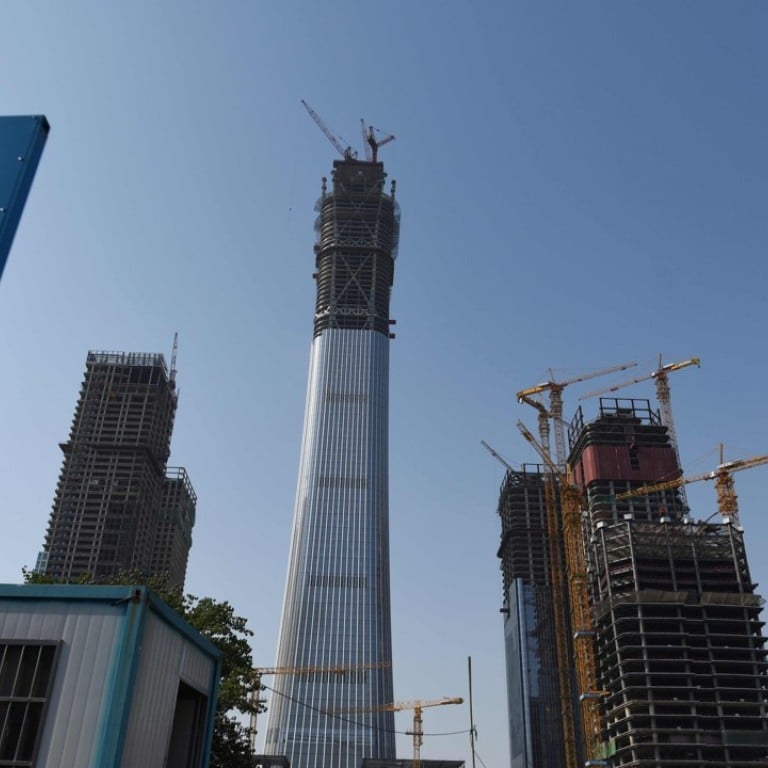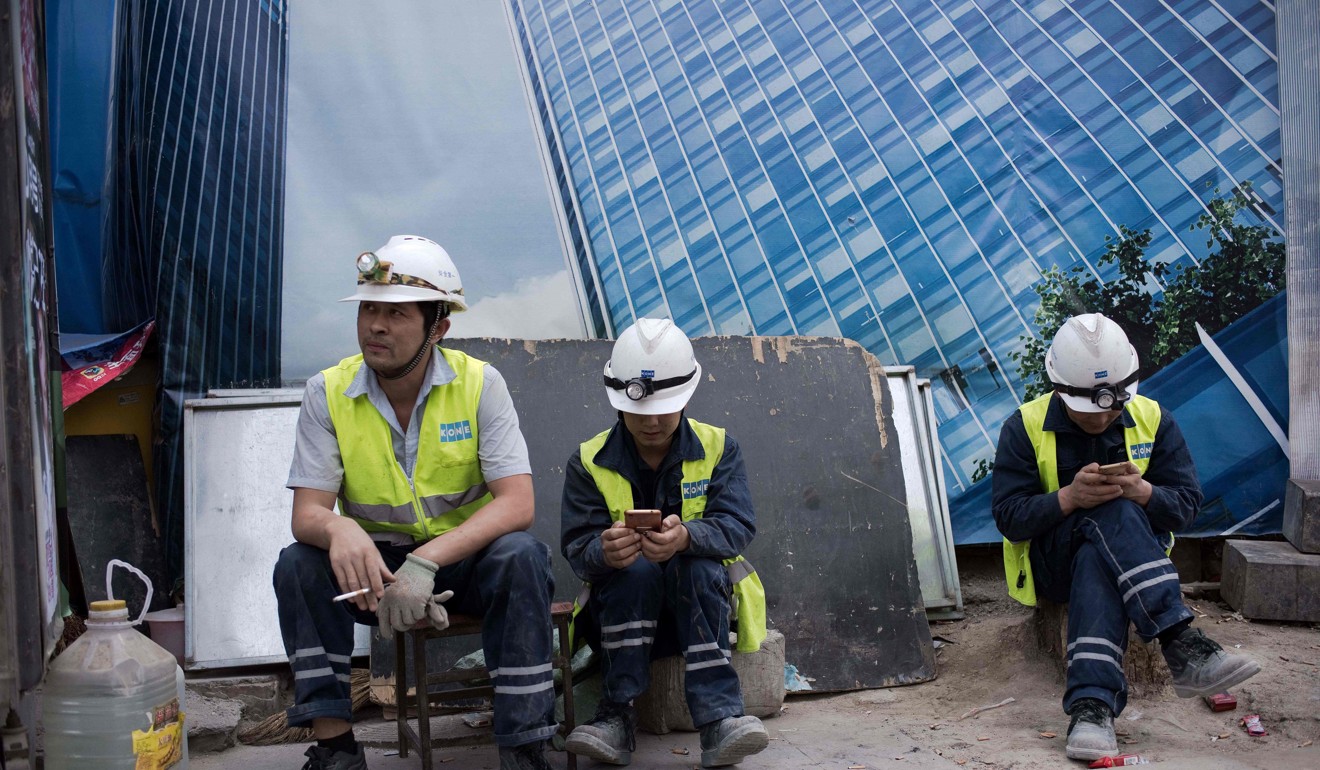
China’s bad loan problem could reappear later this year, analysts say
Chinese economic growth set to weaken after peaking in first quarter, according to analysts
Chinese economic growth is set to slow gradually throughout this year, according to economists, and this may put banks’ bad loan figures back on the agenda by the end of the year.
“We continue to believe that China’s economic rebound likely peaked in the first quarter of 2017 and that growth will moderate gradually this year,” said Zhao Yang chief China economist at Nomura.
In the first quarter of this year, China saw GDP growth of 6.9 per cent, surprising many observers.
However, Zhao and his team forecast GDP growth of 6.7 per cent for 2017 and 6.2 per cent for 2018.
“One of the drivers for the growth was the property sector, but this will now be affected by the cooling measures in a number of cities. Another factor is that last year monetary policy was prudent, but with a bias towards easing, whereas this year it has a bias towards tightening,” Zhao said.
Economic data for May beat expectations, but analysts still see a downward trajectory.
The official manufacturing Purchasing Managers’ Index for May printed at 51.2, unchanged from its April reading, while the non-manufacturing PMI rose to 54.5 from 54.0 in April, the National Bureau of Statistics said on Wednesday.

“The rebound in non-manufacturing PMI may not be sustained and we see some downside risks in the near future,” said Betty Rui Wang senior China economist at ANZ in a note.
She added that the underlying data on the manufacturing PMI also offered up a mixed picture.
“Both the purchasing price and producer price indices within the PMI survey continued to trend lower ... This indicates the possibility of weaker growth momentum in the second quarter compared with the first quarter,” Wang wrote.
Bad loans traditionally begin to appear on banks’ books in the months following an economic slowdown, as it takes time for troubled companies to default.
As such, China’s big banks saw formation of non performing loans slow in the late 2016, and the first quarter of this year, on the back of stabilising Chinese economic growth.
At the end of the first quarter non performing loan ratio across China’s banking system averaged 1.74 per cent, according to the China Banking Regulatory Commission. The figure was unchanged from the end of 2016, and so led some observers to suggest that Chinese banks’ non performing loan problems were “bottoming out”.
However, other analysts warn of fallout as the credit cycle enters a new stage.
“Across all banks, this particular non performing loan cycle seems to be bottoming out, but whether it is sustainable depends on whether last year’s improving macro economic situation based on commodities and property is also sustainable,” Leon Qi banking analyst at Daiwa Capital Markets told the Post earlier this year.
If economic growth has already peaked for 2017, then non performing loans may well be back on the agenda by the end of this year.
“Cyclical sectors would be most affected by a slowdown, and this includes banks and other financial services,” said Nomura’s Zhao.
Other analysts were more optimistic.
“One of the major contributors for NPLs is the commodities and mining sector and, the earnings outlook for commodities companies is improving,” said Ken Shih banking analyst at DBS in a report on Chinese banks.
However, with factory gate prices starting to ease, this may now change.
“There are negative factors as well, such as the fact that supply side reforms are happening, interest rates are increasing, and for badly managed companies there is still a high risk of default,” said Shih.
Meanwhile, high debt levels within China’s economy have long been a concern for observers.
So far this year, a number of Chinese regulators have taken steps to reduce debt, a move welcomed by the IMF.
However, there are doubts about the sustainability of increased credit leverage. Last week, ratings agency Moody’s Investors Service downgraded China’s sovereign rating, citing concerns about the authorities ability to reign in debt.

